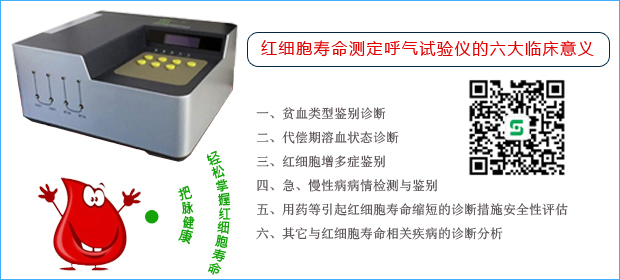

最新资讯
- 01 | 幽门螺杆菌诊断的“金标准”
- 02 | 呼气可诊断精神分裂
- 03 | 碳13呼气试验 “一口气”诊断幽门螺杆菌感染
- 04 | 新生儿黄疸风险度能否(有望)实现无侵入式的准确量化测定
- 05 | 呼气试验可对食管癌和胃癌开展无创性诊断
- 06 | 呼气试验可以预测 诊断胃癌
- 07 | 感染7亿中国人的幽门螺杆菌,呼气试验就可以确诊,还要做胃镜吗
- 08 | 通过检测呼气中硫化氢有助诊断腹泻等疾病
Covid-19 Breath Test
Can Nanotechnology Biomarker Tagging (NBT) be used to detect COVID-19 infection in people presenting for COVID-19 testing?
NBT can be used to detect the substances present in a personbreathtestorgcncms7@@##39;s breath. In this study the breath of people presenting for COVID-19 testing is going to be analysed. Analysing a large number of samples from people with COVID-19 (as confirmed by the standard swab test used by the NHS) will enable a breath profile to be produced, ie the substances present in the breath when someone has COVID-19. After the profile has been validated, NBT can be used to test whether or not a person has COVID-19 by seeing if their breath matches the profile.
Using this technology for COVID-19 testing has advantages over the current standard test. The sample can be analysed immediately in the clinical setting and the results are available in 5-10 minutes, so if the person tests negative they can go back to their normal life straight away. The current swab test takes around 72 hours for the results to be available, and the person needs to self-isolate during this time in case they test positive, resulting in potentially unnecessary days of work missed and inconvenience. The breath test is non-invasive and is unlikely to cause any discomfort, as the person is only required to breath normally into the device. This study will also review the practicalities of using this test. It is quick and easy to train people in how to carry out the test, so it could potentially easily be rolled out to testing sites.
| Condition or disease | Intervention/treatment | Phase |
|---|---|---|
| Covid-19 Infection | Diagnostic Test: Breath Test & Cheek Swab | Not Applicable |
This is a Cohort Study which will collect non-invasive, expired breath sample, cheek swab and a Medical and Lifestyle questionnaire from participants.
When the participant presents for COVID-19 testing they will be asked to provide a cheek swab and breath sample, and complete the study questionnaire. They will not need to give any identifiable information or have a second visit. The samples will be analysed immediately and disposed of as clinical waste. ANCON will then use the data to build a breath profile of COVID-19 infection.
Sample and data collection method for inpatients:
Sequential (daily or every other day as able) breath and swab test will be taken from some of the patients admitted in the hospital (inpatients).
This will be taken from entry or start of the study to discharge or end of study or until patient or medical staff deem unsuitable to continue
This will enable to track infection and the relevant profile changes as covid-19 progresses and/or is treated. This will provide vital additional information around identifiers associated with the disease and its progress.
Anonymous Questionnaire - Each participant will be asked questions in the form of a short standard questionnaire based on:
Medical Information
Lifestyle Information
| Study Type : | Interventional (Clinical Trial) |
| Estimated Enrollment : | 250 participants |
| Allocation: | N/A |
| Intervention Model: | Single Group Assignment |
| Intervention Model Description: | Participants who are Covid-19 negative, Covid-19 positive or suspected with Covid-19 infection will be recruited |
| Masking: | None (Open Label) |
| Primary Purpose: | Diagnostic |
| Official Title: | Breath Test Feasibility Trial for Covid-19 Infection Diagnosis |
| Actual Study Start Date : | June 29, 2020 |
| Estimated Primary Completion Date : | August 28, 2020 |
| Estimated Study Completion Date : | June 14, 2021 |
文章转自:https://clinicaltrials.gov/ct2/show/NCT04459962




